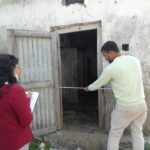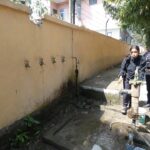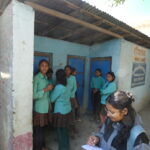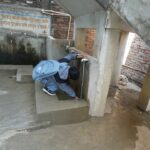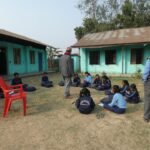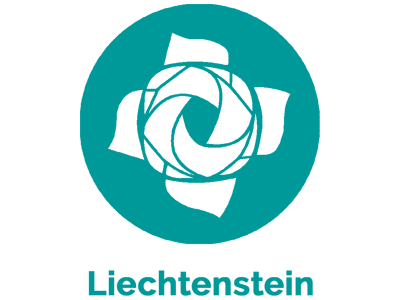Rautahat
WASH IN SCHOOLS
Support of the WASH supply

Place
12 schools in Rautahat district

Who
Implementation: Chay Ya Nepal

Partners
Chay Ya Liechtenstein

When
2023 - 2024

For
up to 3,500 students

Status
Ongoing
Project
Rautahat is located in the lowlands, known as the Terai, in the south of Nepal, close to the Indian border. The district is one of the poorest in the entire country. There is an extremely low education rate, high levels of poverty and poor infrastructure. In contrast to northern Nepal, the area is very flat and dry. Traditional construction methods use clay as the main building material. This is a major problem, as the area is regularly flooded during the annual monsoon. Many already poor families living in mud huts thus regularly lose their homes. Due to the high level of poverty, there is hardly any sanitary infrastructure, very few households have their own toilets and there is still no awareness of general hygiene measures, such as hand washing, for the most part. As a result, diseases such as gastrointestinal infections spread time and again. Even if a school has a well, it is often not drilled deep enough and is contaminated with arsenic, which poses extreme health risks. Of the 69 schools in the district, only 5! have access to safe WASH facilities (clean drinking water, toilets and washbasins).
Women and girls are doubly affected by this lack of infrastructure. Without access to clean water and hygiene knowledge, dealing with menstruation is very difficult. Due to the lack of sanitary facilities in schools, many girls are unable to attend classes for several days every month. This is a major problem and reinforces the already existing educational discrimination against girls and women.
Of the 64 schools without WASH facilities, Chay Ya will select the 12 with the most devastating conditions and build or repair WASH facilities (separate toilets for girls and boys, hand washing stations, safe drinking water sources) and create awareness through workshops for children and teachers. Once implemented, the WASH facilities are expected to increase the enrolment rate.
The government is highly motivated and will take over the maintenance of the facilities after our withdrawal from the project. It is also contributing 41.2 % of the project costs.


